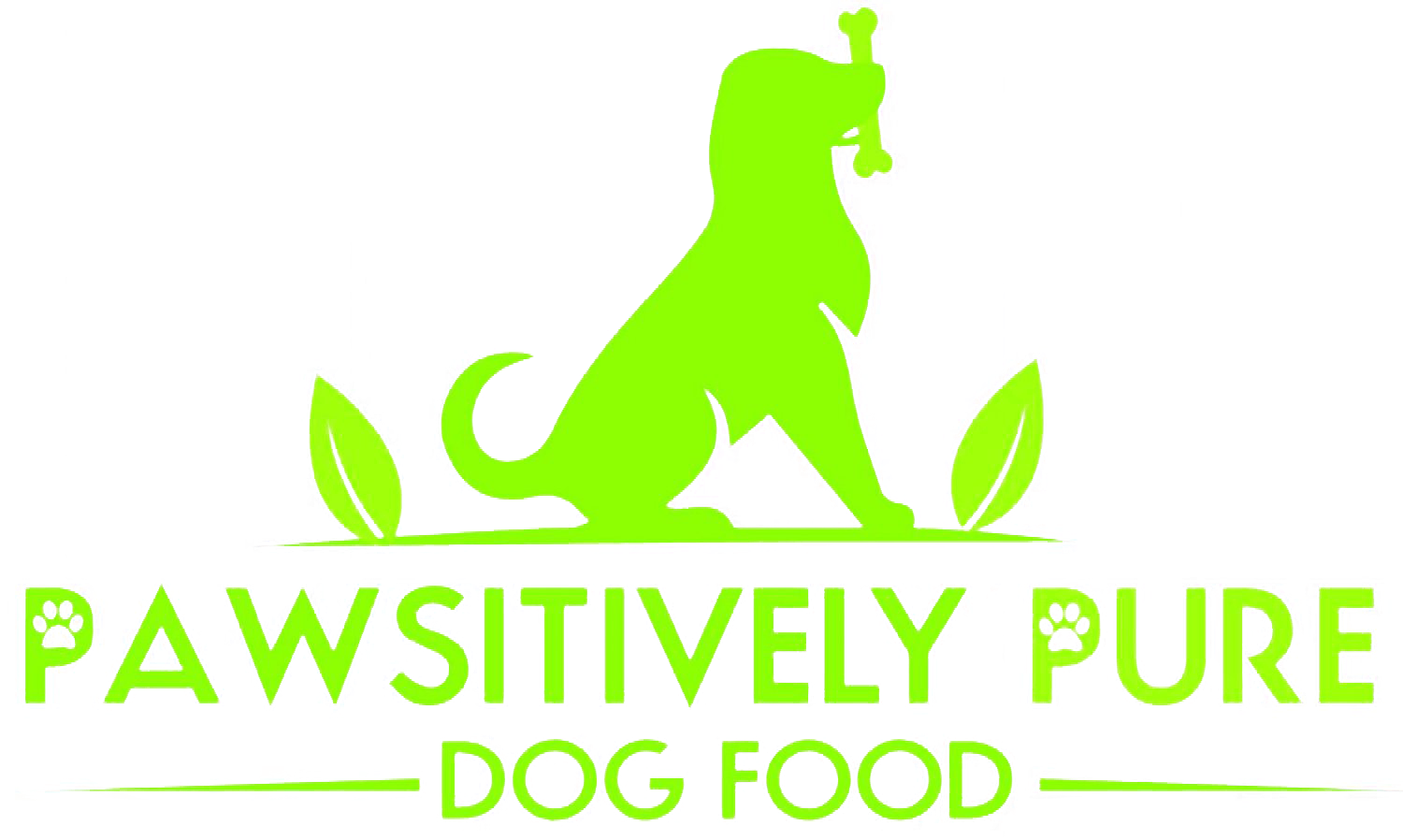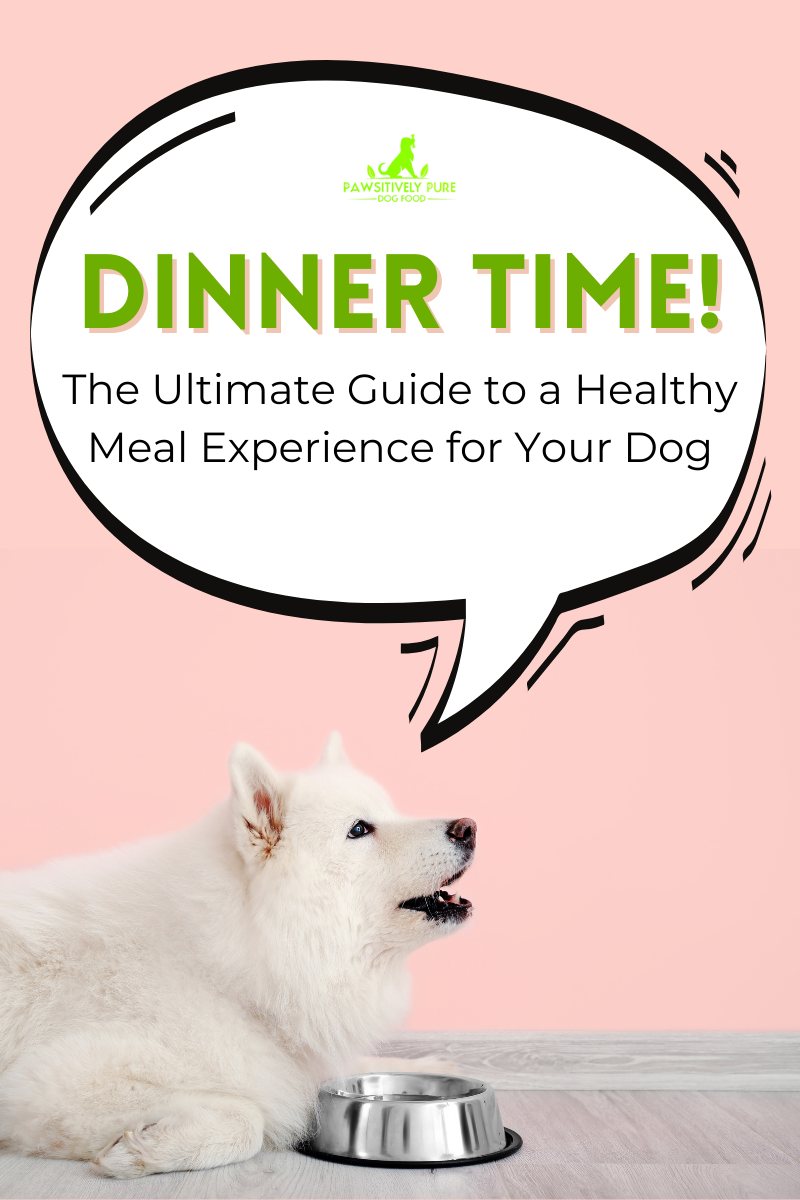Dinner Time! The Ultimate Guide to a Healthy Meal Experience for Your Dogs
What Feeding Method is Best for Your Dogs?
Successful dog parenting involves a lot of schedules and routines. You probably have set potty times, walk times, and sleep times. But as far as feeding times go, some pet parents stick to a regular feeding schedule, while others leave a bowl out for their dogs to munch on as they please. Which of these methods is best for your dog?
The answer to this question depends on a number of factors. First of all, the type of food you feed your dog determines whether you can leave it out all day or not. Obviously, kibble can stay in the bowl without spoiling while fresh foods need to be eaten when they’re offered. For that reason, pets who eat Pawsitively Pure Dog Food need scheduled feeding times.
Secondly, the best feeding schedule depends on your availability. If you’re out of your home for work for most of the day, it can be difficult to stick to regimented feeding times. Free-feeding can offer you some peace of mind when you’re away from home since you’ll know your dogs have food when they need it. If you work from home or you have the same schedule every day, scheduled feeding times may work for you.
For the purposes of this article, we’ll be discussing how to feed your dogs on a schedule and to give them a positive environment in which to enjoy their meals. Scheduled feeding offers a number of health benefits as compared to free-feeding, and it’s the right choice when you have your dog on a raw or gently-cooked diet!
The Benefits of Feeding on a Schedule
According to Dr. Jennifer Coates of PetMD, free feeding is the wrong choice for most dogs. A scheduled meal time can offer all of the following benefits:
Training Benefits
Dogs love routines. If you start a scheduled feeding routine during puppyhood, you’ll be able to coordinate feeding time and potty time since most puppies tend to need to relieve themselves 10-15 minutes after a meal. This is helpful for pet parents since they’ll be able to take their dogs out before accidents happen, and it’s good for the pets themselves since they’ll learn the right times to relieve themselves. It’s a win-win for everyone!
Weight Control
Dogs who free-feed are more prone to obesity than those on a feeding schedule. In her article, Dr. Coates notes that many dogs tend to continue eating or “snacking” past the point of satiation. Just like humans may reach for a bag of chips when they’re bored, some dogs turn to food as comfort when they’re bored.
Health Monitoring
A lack of appetite can be a sign of illness. When your dog is good about eating at the same time every day, you’ll be able to tell right away when they’re not in the mood to eat. Sure, you can keep an eye on how much food is left in the bowl when you check, but it’s much easier and safer for your dog if you notice it as soon as it happens.
How to Create a Feeding Schedule for Your Dogs
When you’re creating your dogs’ feeding schedules, there are a number of factors you should consider.
How Often Should You Feed?
According to VCA Pet Hospitals, you should feed your pets at least twice a day, for breakfast and for dinner. If you have a puppy at home, you may need to increase that to three times a day since they use lots more energy as they grow and play. Furthermore, as your dog progresses into his senior years, you may find that his feeding needs decrease. Pay close attention to your dogs’ activity levels, their age, and their weight when determining how often to feed.
Where Should You Feed Your Dogs?
Wherever you decide to feed your dog, you should feed them in the same place every single time. Moving your dog’s food bowls around too often can make them nervous and ruin the routine you’re trying to build. We find it’s best to have a dedicated space in our home where our dogs eat, away from the kitchen but near our living space. Lay down floor mats and give them a nice food and water bowl.
How Much Should You Put in the Bowl?
For the most part, this answer relates back to the factors you considered when determining how many times per day to feed your dog: their activity levels, their age, and their weight/goal weight. Here at Pawsitively Pure, we’re happy to offer our recommendations for the amount of food you should give your dog at each meal. The most important thing to remember is to feed them the same amount consistently, even if they finish the whole meal.
Do Treats Count as Feeding?
Treats should never be used to substitute an entire meal, but treats are an important part of your dog’s complete diet. Keep a tally of how often you treat your dogs during the day; these treats go toward your dogs’ overall calorie count. You should be able to adjust your dog’s feeding needs accordingly.
Feed Your Dog the Best at Each Meal
For your dog to get the most out of their feeding schedule, you should offer them the most nutritious food available to keep them full during the day. Natural, wholesome foods can help give your dog energy and keep them full for longer. Pawsitively Pure Dog Food offers a complete system of natural dog food, treats, and bone broth to keep your dog satiated and healthy. Head to our online shop to pick your dogs’ favorite flavors today!

